It's time to take a break from helpmates and return to selfmates. This week's problem was composed by Andrey Selivanov in 2014. The stipulation is selfmate in three:
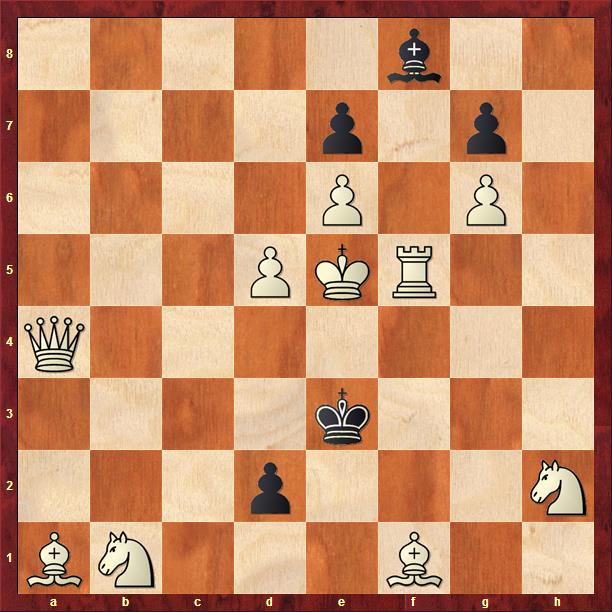
Recall that in a selfmate, white plays first and forces black to give checkmate in no more than the stipulated number of moves. Black, for his part, will try despeartely not to give mate. It's a complete inversion of normal chess logic!
Selivanov is something of a wizard when it comes to selfmates. He routinely churns out problems that make other composers weep with envy. This is actually one of his lighter efforts, but still well-deserving of the first prize it received.
Upon looking at the diagram, you probably notice that black has only one mobile unit. I am referring to the pawn on d2, which is poised to promote. So, before lloking for the key move, it behooves us to ask what would happen if white simply passed.
We're good to go if black plays 1. ... d1Q:
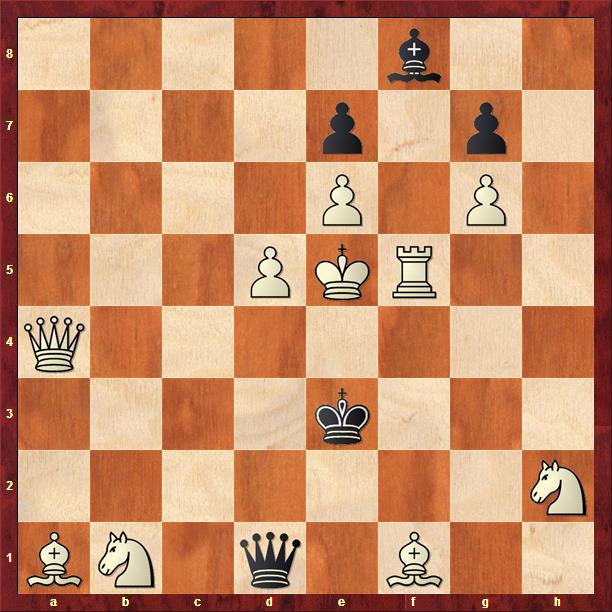
White will continue 2. Ng4+ Qxg4 3. Qe4+ Qxe4 mate:
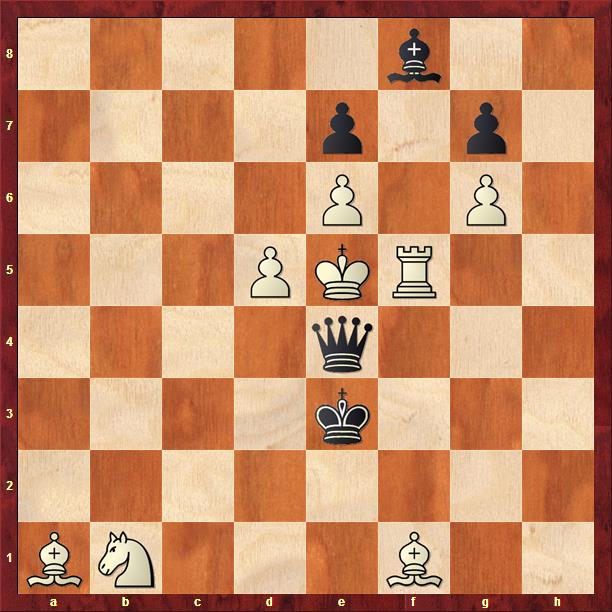
Black does not fare any better with 1. ... d1R:
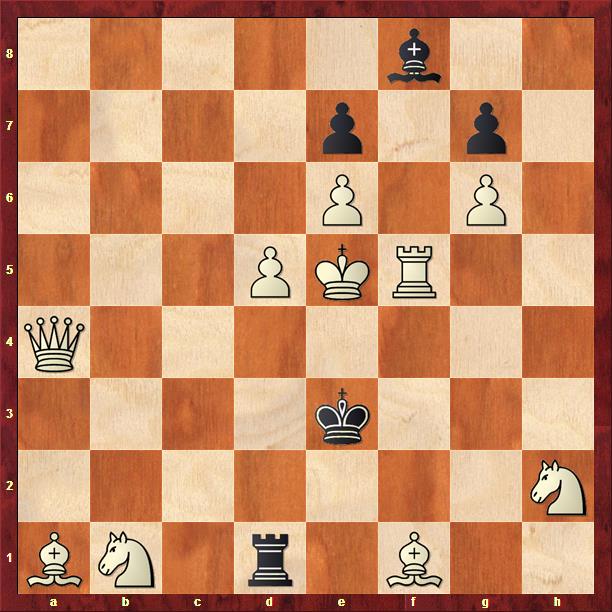
since white can continue with 2. Qa7+ Rd4 3. d6 exd6 mate:
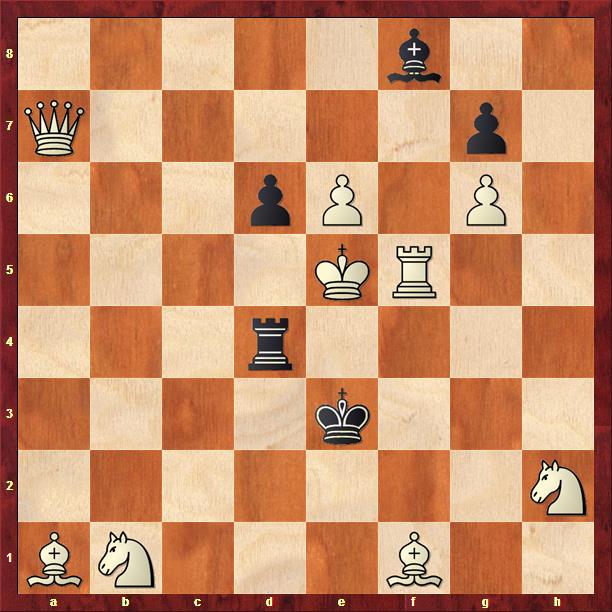
Black is also in trouble after 1. ... d1N:
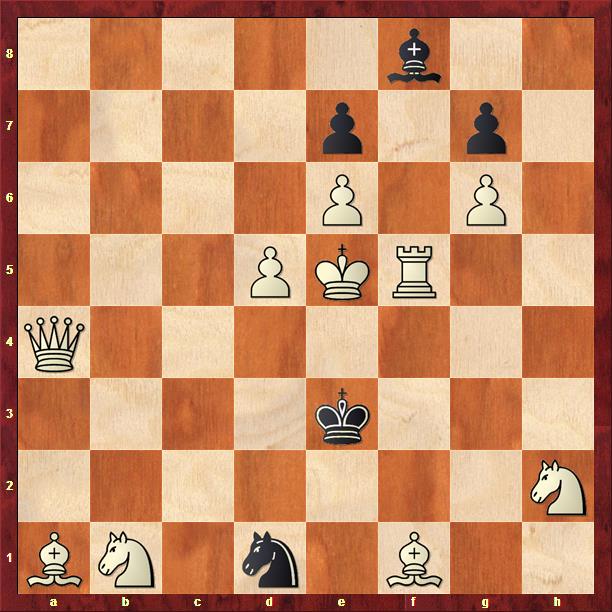
since white can play 2. Qb3+ Nc3 3. d6 exd6 mate:
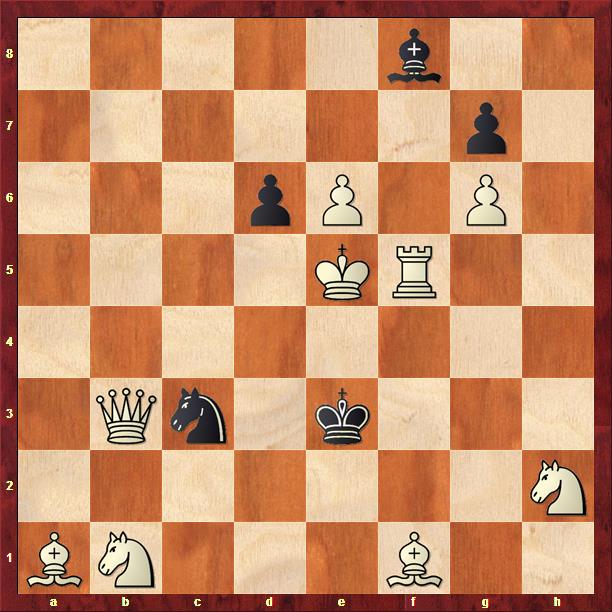
It is the bishop promotion that spoils all the fun. Currently, white is not prepared to deal with this defense.
The key is the marvellous 1. Qh4!
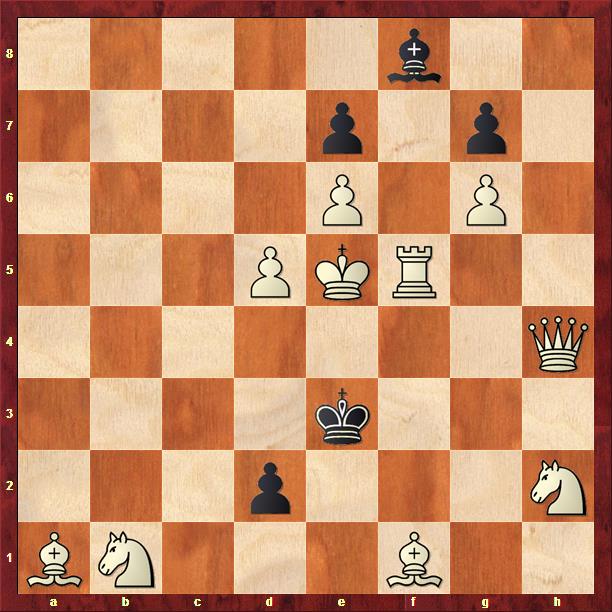
Now white is ready to deal with the bishop promotion. After 1. ... d1B we have
2. Qg3+ Bf3 3. d6+ exd6 mate:
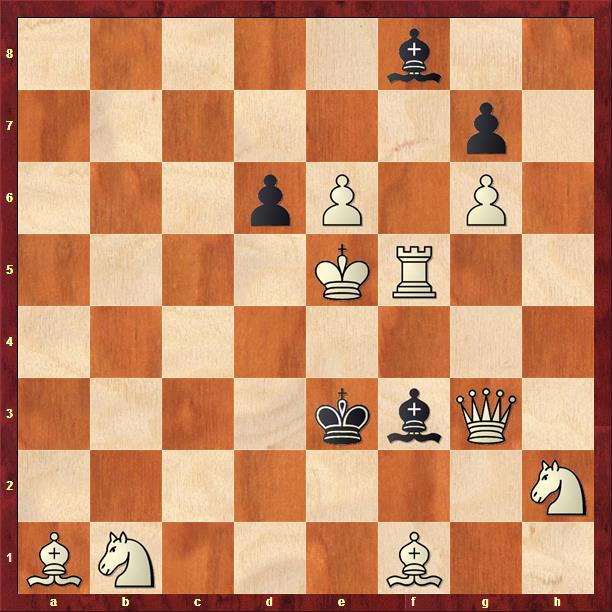
But what about black's other promotions? White now has new continuations against all of them. For example, against the queen promotion we have 1. ... d1Q 2. Qh6+ gxh6 3. Bd4+ Qxd4 mate.
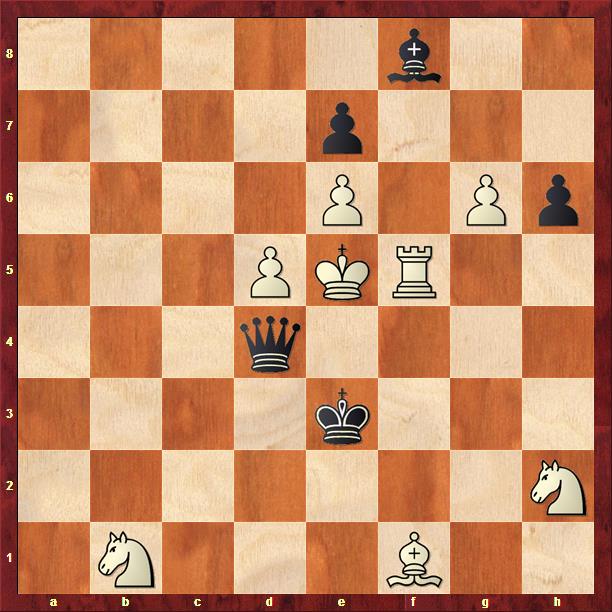
After the rook promotion white continues with 1. ... d1R 2. Bd4+ Rxd4 3. Qe4+ Rxe4 mate.
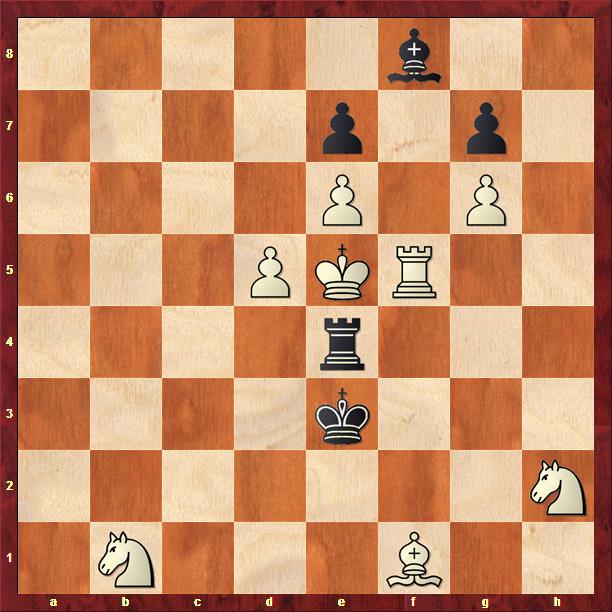
And the knight promotion is defeated by 1. ... d1N 2. Qf2+ Nxf2 3. Ng4+ Nxg4 mate.
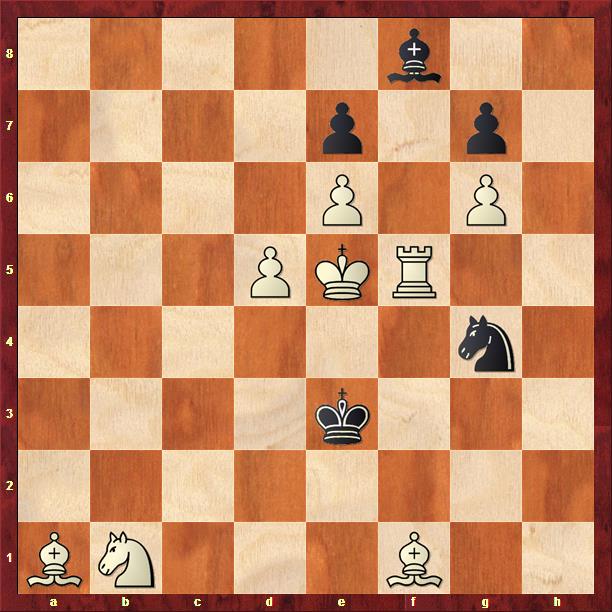
Great stuff! The repeared moves detract slightly, but to extract this much play from such a light position is no small task in selfmates.
Incidentally, this might be a good time to remind you that a problem in which all four possible promotions appear is said to exhibit Allumwandlung, which is usually abbreviated AUW. We have discussed it before (here and here), but it has been a while.
See you next week!

What a delightful key move! Amazing how it transforms the continuations.